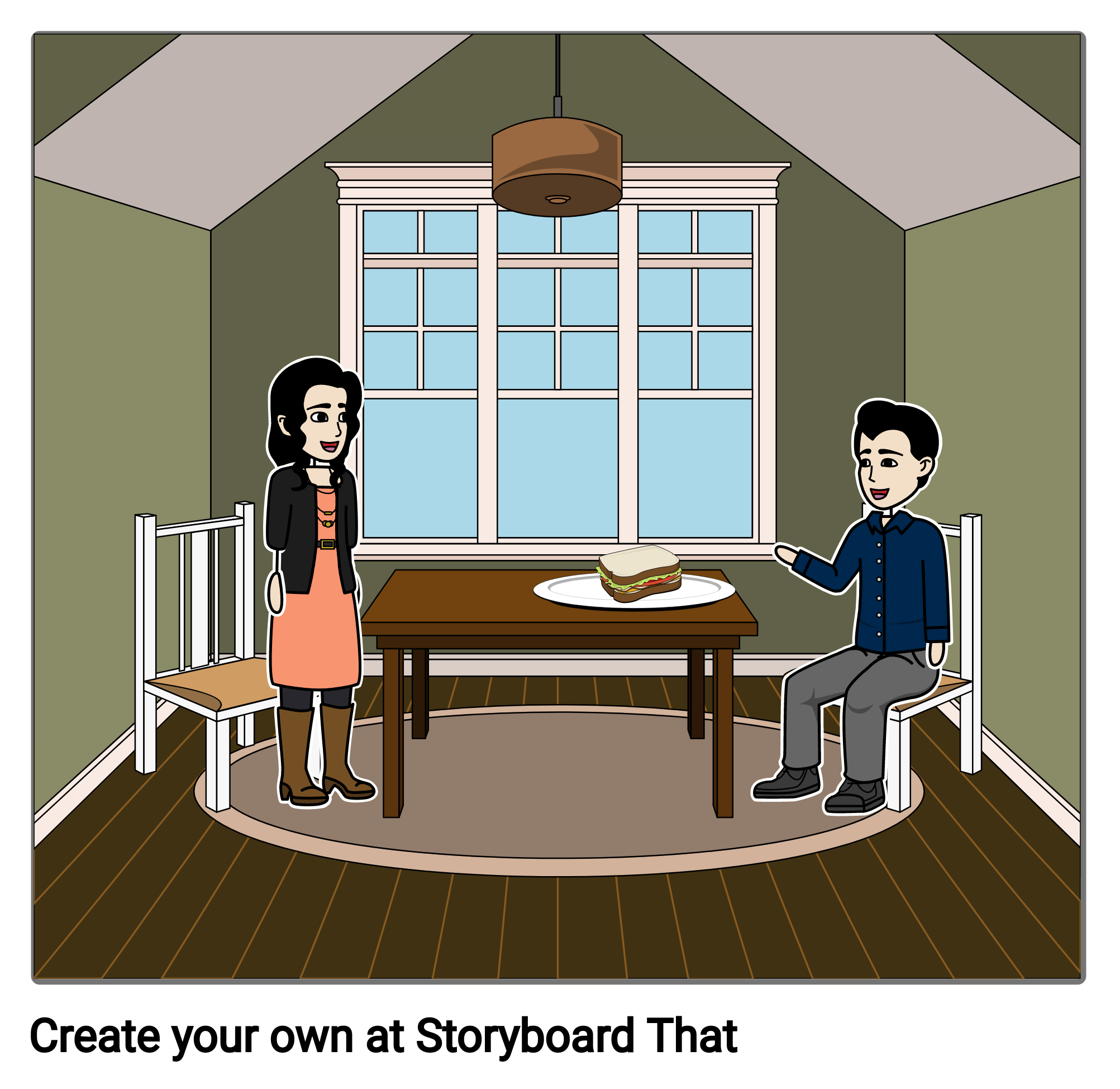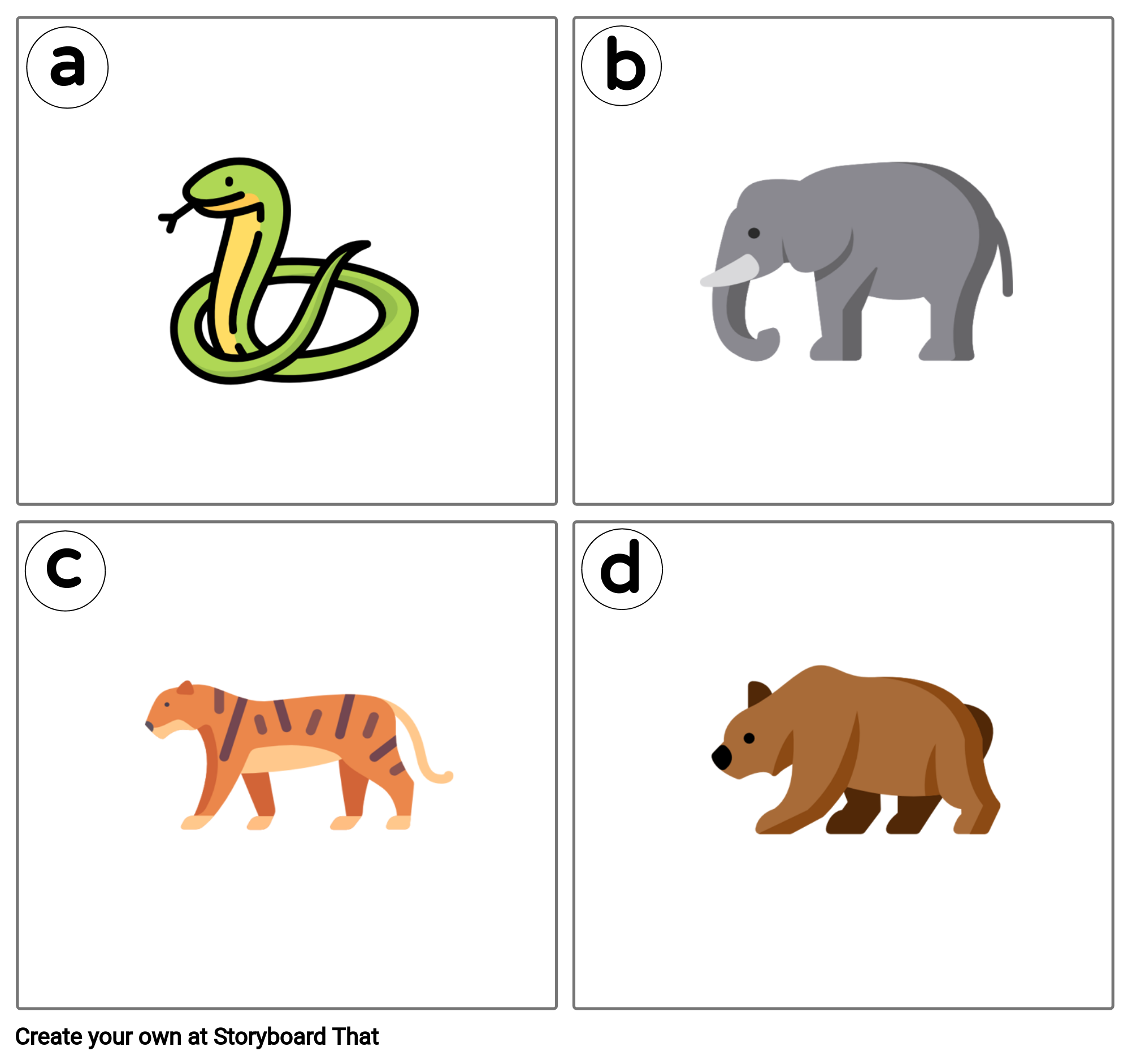PART A_1
In this lesson, we have two parts, listening and reading.
We will start with the listening part. Then, we are going to move on to the reading part.
Let’s start our lesson!
We will start with the listening part. Then, we are going to move on to the reading part.
Let’s start our lesson!
このレッスンではリスニングとリーディングの2つのパートがあります。
まずはリスニングパートから始めます。その後、リーディングパートに移ります。さあ、始めましょう!
まずはリスニングパートから始めます。その後、リーディングパートに移ります。さあ、始めましょう!
PART A_2
Please listen carefully and take notes while I read four dialogues. After I read all of the dialogues twice, please answer the questions below.
講師が1人2役で4つの会話文を読むので、メモを取りながら聞いてください。会話文が2回繰り返された後に、以下の質問に回答しましょう。
PART A_3
| 1. | In the first dialogue, what did they talk about? | |
| Answer: | . | |
| 2. | In the second dialogue, what did they talk about? | |
| Answer: | . | |
| 3. | In the third dialogue, what did they talk about? | |
| Answer: | . | |
| 4. | In the fourth dialogue, what did they talk about? | |
| Answer: | . |
PART A_4
Now, I will ask you another question about the dialogue.
先ほど読み上げられた会話文について、別の質問に回答しましょう。
PART A_5
| 1. | Which of the four dialogues describes the picture below? |

| Answer: | . |
PART A_6
Now, let’s review your answer.
答え合わせをしましょう。
PART A_7
PART B_1
Please listen carefully while I read each dialogue twice. Then,
you will answer a question based on the dialogue.
you will answer a question based on the dialogue.
講師が1人2役で会話文を読むので、メモを取りながら聞いてください。会話文が2回繰り返された後に、会話文に基づく質問に回答しましょう。
PART B_2

PART B_3
Now, let’s review your answer.
答え合わせをしましょう。
PART B_4
PART B_5
Please listen carefully while I read each dialogue twice. Then,
you will answer a question based on the dialogue.
you will answer a question based on the dialogue.
講師が1人2役で会話文を読むので、メモを取りながら聞いてください。会話文が2回繰り返された後に、会話文に基づく質問に回答しましょう。
PART B_6
| 1. | What are they going to do this weekend? |
| a. | They are going to go swimming. |
| b. | They are going to go surfing. |
| c. | They are going to go jogging. |
| d. | They are going to go hiking. |
PART B_7
Now, let’s review your answer.
答え合わせをしましょう。
PART B_8
PART B_9
| 2. | Who is the man worried about? |
| a. | He is worried about his employees. |
| b. | He is worried about his daughter. |
| c. | He is worried about his mother. |
| d. | He is worried about the meeting. |
PART B_10
Now, let’s review your answer.
答え合わせをしましょう。
PART B_11
PART C_1
We are done with the listening part. So, let’s move on to the reading part.
リスニングパートは終わりです。リーディングパートを始めましょう。
PART C_2
We will read aloud the words below. Please repeat after me. I will check your pronunciation.
単語を音読します。講師に続いて読みましょう。講師は発音を確認します。
(Please send the mispronounced words and phrases to your student.)
PART C_3
| 1. | logically |
|
論理的に
|
|
| 2. | similarly |
|
同様に
|
|
| 3. | categorize |
|
分類する
|
|
| 4. | extreme |
|
極端な
|
|
| 5. | for the first time |
|
初めて
|
PART C_4
Now, let’s review some words from part C_3.
ではいくつかの単語を復習してみましょう。
(Please review the mispronounced words and expressions from part C_3.)
PART C_5
PART D_1
Now, you will make sentences by using the words you learned.
習った単語を使って文章を作りましょう。
(Please send the sentences that need grammar corrections to your student.)
PART D_2
logically
similarly
categorize
extreme
for the first time
| 1. | The siblings are dressed ________. |
| 2. | I’m going to see my favorite actor face-to-face ________. |
| 3. | She enjoys ________ sports like bungee jumping. |
| 4. | Some say it’s better to think ________ than emotionally. |
| 5. | Please ________ the plants into four groups. |
PART D_3
Now, let’s review your answers.
では、あなたの答えを復習してみましょう。その後、修正したあなたの答えを読んでみましょう。
(Please review your student’s answers by sending the correct answers in complete sentences. After that, ask your student to read aloud his or her corrected answers.)
PART D_4
PART E_1
We will read aloud the passage below. Please repeat after me. I will check your pronunciation.
文章を音読します。講師に続いて読みましょう。講師は発音を確認します。
(Please send the mispronounced words and expressions to your student.)
PART E_2
In the middle of a conversation, Japanese people often ask each other, “What blood type are you?” Why do Japanese people like to categorize people on almost any occasion? For example, they call those who think logically “left-brained,” and those who think emotionally “right-brained.” Similarly, many people keep on labeling others as the “science” type or the “art” type, even years after college graduation. Perhaps categorizing people by blood type is the most extreme example. Maybe it’s true that people can be categorized into types based on what they have in common. However, if you ask “What is your blood type?” to foreigners you meet for the first time, they will be surprised. Perhaps in a country like America, where everyone has a different background, categorizing people is useless.
PART E_3
Now, let’s review some words and phrases from part E_2.
ではいくつかの単語や表現を復習してみましょう。
(Please review the mispronounced words and expressions.)
PART E_4
PART E_5
I will ask the following questions. Please answer based on the passage. I will check if your sentences are complete and if the grammar is correct.
講師が質問するので音読した文章の内容に沿って答えましょう。講師は文法と完全な文章であるかを確認します。
(Please send the sentences that need grammar corrections to your student.)
PART E_6
| 1. | Why is categorizing people useless in a country like America? |
| Answer: | |
| 2. | Even after graduation, Japanese people tend to categorize people into what types? |
| Answer: | |
| 3. | What do Japanese people often ask each other? |
| Answer: | |
| 4. | People who think logically are categorized as what? |
| Answer: |
PART E_7
Now, let’s review your answers.
では、あなたの答えを復習してみましょう。
(Please review your student’s answers by sending the correct answers in complete sentences. After that, ask your student to read aloud his or her corrected answers.)
PART E_8
PART F_1
We will read aloud the words below. Please repeat after me. I will check your pronunciation.
単語を音読します。講師に続いて読みましょう。講師は発音を確認します。
(Please send the mispronounced words and phrases to your student.)
PART F_2
| 1. | pass by |
|
通り過ぎる
|
|
| 2. | calculate |
|
計算する
|
|
| 3. | interact |
|
お互いにやりとりをする
|
|
| 4. | appear |
|
現れる
|
|
| 5. | be on display |
|
展示されている
|
PART F_3
Now, let’s review some words from part F_2.
ではいくつかの単語を復習してみましょう。
(Please review the mispronounced words and expressions from part F_2.)
PART F_4
PART G_1
Now, you will make sentences by using the words you learned.
習った単語を使って文章を作りましょう。
(Please send the sentences that need grammar corrections to your student.)
PART G_2
pass by
calculate
interact
appear
be on display
| 1. | The messages do not ________ on my screen. |
| 2. | We see them ________ our house every day. |
| 3. | The latest motor models will ________ tomorrow. |
| 4. | What’s the formula to ________ this math problem? |
| 5. | They no longer ________ with each other. |
PART G_3
Now, let’s review your answers.
では、あなたの答えを復習してみましょう。その後、修正したあなたの答えを読んでみましょう。
(Please review your student’s answers by sending the correct answers in complete sentences. After that, ask your student to read aloud his or her corrected answers.)
PART G_4
PART H_1
We will read aloud the passage below. Please repeat after me. I will check your pronunciation.
文章を音読します。講師に続いて読みましょう。講師は発音を確認します。
(Please send the mispronounced words and expressions to your student.)
PART H_2
New technology may change the meaning of “window shopping.” Recently, German experts started testing new software in a real store window. The system uses four cameras and a large computer monitor. The computer monitor is located at the entrance of the store. The four cameras capture 3-D images of people passing by on the street. The software calculates eye, face, and hand positions. Right at the store window, people can interact with the company website without even touching a computer. They only have to look at a product on the monitor to make its sales details appear. They only have to point at a link to visit another store department. In this way, window shoppers can select products to view, and even buy them, right from the street. “Customers can window shop… for real,” said researcher Alan Baum. The system is on display this month in Hanover, Germany.
PART H_3
Now, let’s review some words and phrases from part H_2.
ではいくつかの単語や表現を復習してみましょう。
(Please review the mispronounced words and expressions.)
PART H_4
PART H_5
I will ask the following questions. Please answer based on the passage. I will check if your sentences are complete and if the grammar is correct.
講師が質問するので音読した文章の内容に沿って答えましょう。講師は文法と完全な文章であるかを確認します。
(Please send the sentences that need grammar corrections to your student.)
PART H_6
| 1. | What is the system equipped with? |
| Answer: | |
| 2. | What is the significance of the new software? |
| Answer: | |
| 3. | What does the software calculate? |
| Answer: | |
| 4. | Who is the system’s researcher? |
| Answer: |
PART H_7
Now, let’s review your answers.
では、あなたの答えを復習してみましょう。
(Please review your student’s answers by sending the correct answers in complete sentences. After that, ask your student to read aloud his or her corrected answers.)
PART H_8